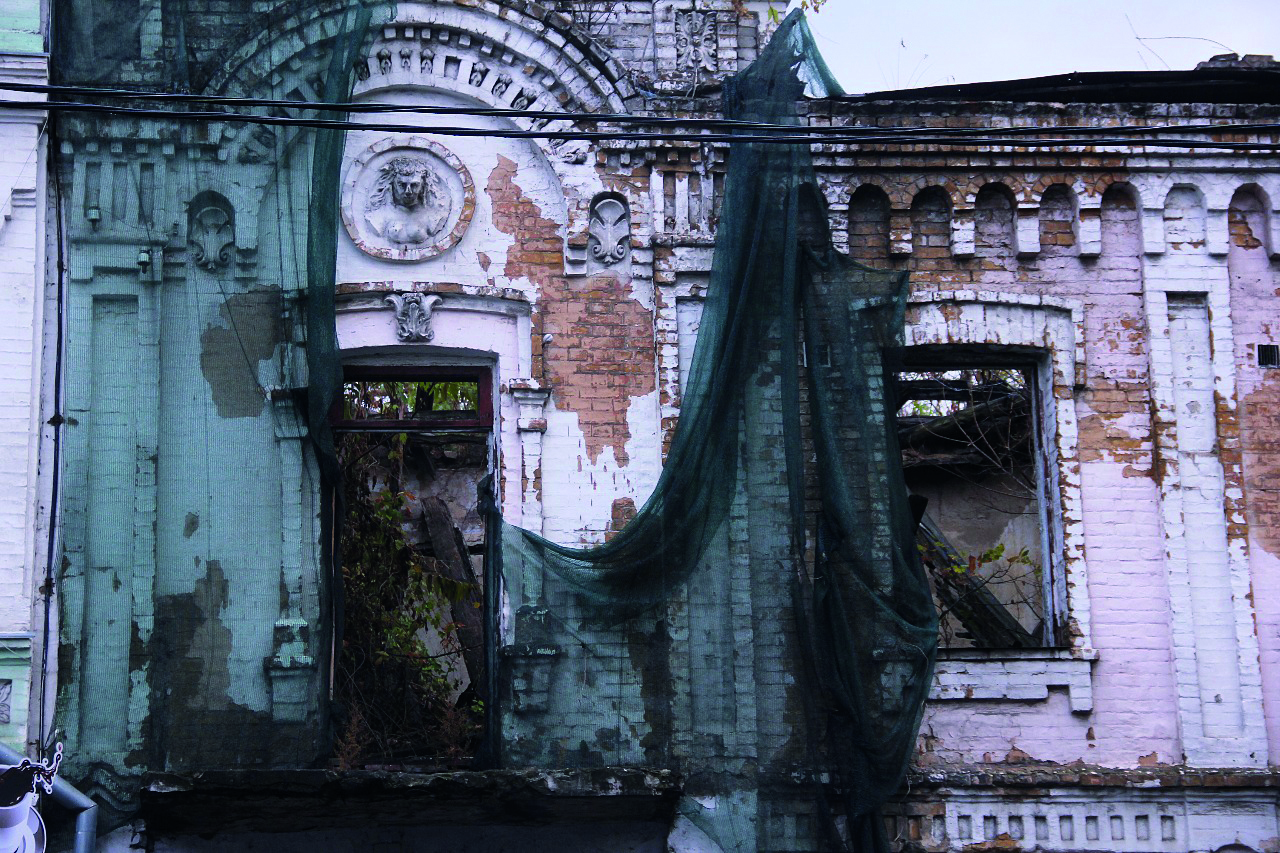Behind the Christmas Lights

The magic behind the most wonderful time of the year in Ukraine
Nothing reminds us of the upcoming holidays like Christmas carols occupying the airwaves of supermarkets and malls from November up until the end of the year. Jingle bells, jingle bells, jingle all the way… It’s like that every day. Every. Single. Day. It’s a great song, but even something as genius as Rachmaninov’s piano concerto can be annoying after hearing it everywhere for a month non-stop. Regardless, I still love Christmas for its vibes. It brings magic in winter and makes me warmer too. Of course, the glühwein doesn’t play any part in that whatsoever. With Ukraine’s wonderful geographic location, one can experience both the Catholic and the Orthodox Christmas. Each brings diversity, and, well, a few extra days off.
Catholic vs Orthodox
 Just like two siblings arguing, the Catholic tradition keeps 25 December, while Orthodox Christmas is on the eve of 7 January. Coincidentally, one is 13 days earlier than the other. This difference dates back to 1582 when Pope Gregory of Rome decided to switch to the Gregorian calendar, which was, simply, 13 days earlier. And because the church back in the day dictated what to do, everyone else switched too.
Just like two siblings arguing, the Catholic tradition keeps 25 December, while Orthodox Christmas is on the eve of 7 January. Coincidentally, one is 13 days earlier than the other. This difference dates back to 1582 when Pope Gregory of Rome decided to switch to the Gregorian calendar, which was, simply, 13 days earlier. And because the church back in the day dictated what to do, everyone else switched too.
From my experience in the western world (I sound like Borat now, don’t I?), I got the impression that Catholic Christmas is kind of like a much bigger version of Thanksgiving – heck, they even eat turkey on both, but that spreading goodwill and joy is at its core. Whereas Orthodox Christmas is a much more religious event and is more about the idea of universal salvation.
Orthodox Christmas is celebrated slightly more modestly way than New Year, contrary to Catholic Christmas in the west. This is because most of the areas that practiced Orthodoxy were under Soviet rule – a regime not terribly fond of religion. The idea of ‘Did Moroz’ being a New Year’s personage only came about in the 30s, and even the Christmas tree was banned for a few years according to some sources.
But we love traditions for their diversity, uniqueness, and sometimes controversy. Christmas in Ukraine usually turns out to be a lot of merry-making for a memorable holiday. These tips will help you enjoy the authenticity of the much-anticipated celebration in Ukraine.
The 12-dish marathon
Kutya. Our Christmas special made of wheat, raisins, poppy, honey, and nuts. Kutya is the first meal to be served at Christmas Eve supper (Svyata Vecherya), and everyone at the table should have at least a spoonful of the dish. Some families leave a plate full of kutya out overnight in homage to those gone before us.
 Varenyky with potatoes or cabbage. Those lovely bites represent wealth in the family. NB: Ihor Kolomoiskyi, a Ukrainian billionaire oligarch, loves his varenyky. These are, of course, homemade for those of us lucky enough to have mamas so inclined, though they can also be bought frozen from the supermarket. Not to be confused with pelmeni.
Varenyky with potatoes or cabbage. Those lovely bites represent wealth in the family. NB: Ihor Kolomoiskyi, a Ukrainian billionaire oligarch, loves his varenyky. These are, of course, homemade for those of us lucky enough to have mamas so inclined, though they can also be bought frozen from the supermarket. Not to be confused with pelmeni.
Grybna Yushka z vushkamy – your basic broth-based mushroom soup with little dumplings. Representing the two natures of Jesus (divine and human), and also a must-have on the table.
Borshch. Well, this goes without saying – good old borshch. Should be served with garlic, thin slices of salo or pampushkas (little buns).
Holubtsi. The secret is in the name. The holub (pigeon) is a renowned symbol of the holy spirit. Now seriously – cooked cabbage leaves wrapped around various fillings is the true Ukrainian speciality. No wonder it is on the list.
Stewed beans. Dishes with beans represent the spring, which is reborn in all people following the passing of winter.
 Pampuhy – fried or baked pastry served with some kind of filling. Wonderfully sweet, these play an essential part in shaping Christmas Eve, and embody all the saints.
Pampuhy – fried or baked pastry served with some kind of filling. Wonderfully sweet, these play an essential part in shaping Christmas Eve, and embody all the saints.
Potatoes. Boiled potatoes are served often, though the cook who serves them with lemon gets extra points.
Falafel. This small treat made with the well-loved chickpea doesn’t only taste great, but it is also a source of energy to get you through the other 11 dishes.
Dorado fish. Fish can be often been a symbol of Christianity, which makes it a must on your dinner table.
Stewed cabbage with mushrooms. Cabbage dishes represent the simplicity and strength around this religious foundation.
Uzvar. Made of dried fruit, this has to be the most popular drink at Christmas time, and is the symbol of life given by God.
The Holy Night in Kyiv
Not sure how to put this spread together yourself? No problem! These few local venues are sure to help so that you can continue to spread goodwill and cheer.
Kanapa
Andriyivskyi Uzviz 19
⎯ 12.00 – 00.00
Price: $$
+380 68 044 3050
Ostannya Barykada
Maidan Nezalezhnosti 1
⎯ 10.00 – 00.00
Price: $$$
+380 68 907 1991
Taras Bulba
Pushkinska 2-4/7
⎯ 09.00 – 11.00
Price: $$
+380 44 270 7248
Sho
Mechnikova 18
⎯ 09.00 – 00.00
Price: $$$
+380 44 466 0305
Merry Christmas and a very Happy New Year to you all from the What’s On team!











